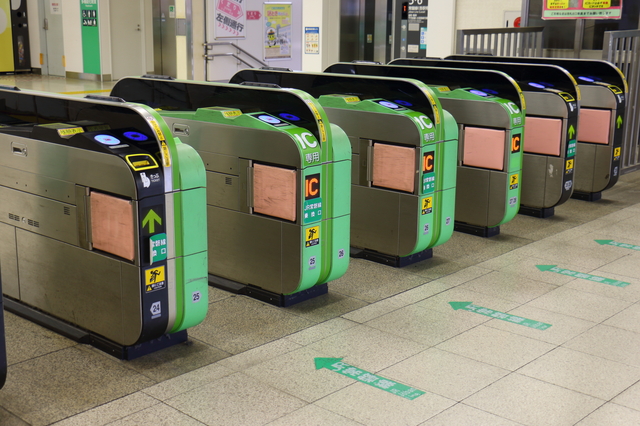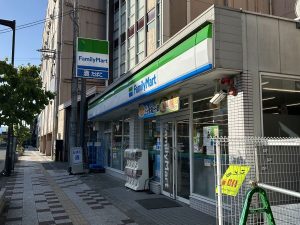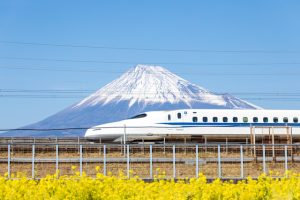Planning a trip to Japan and unsure whether to invest in a JR Pass or just buy individual tickets? The choice depends on your travel itinerary and the distances you’ll be covering. Here’s a detailed comparison to help you decide.
JAPAN RAIL PASS Pros and Cons
Pros:
CostEffective for LongDistance Travel: The JR Pass is available for 7, 14, and 21 days. The more you travel during this period, the more costeffective the pass becomes. For example, with the 7days JR pass, roughly speaking, this amount is equivalent to two round trips between Tokyo and Osaka.
Unlimited Travel: You can use the JR Pass for unlimited travel on JR trains, including the Shinkansen (except Nozomi and Mizuho trains), which is great if you’re planning to visit multiple cities.
Flexibility: If you decide to make additional trips or lastminute changes to your itinerary, the JR Pass offers great flexibility without any extra cost.
Cons:
Initial Cost: A 7day JR Pass costs 50,000 yen, which might seem expensive if your travel involves only a few short trips.
Not Ideal for Short Distances: For travel within a single city or short distances, individual tickets or local passes might be cheaper.
Limited Usage: The JR Pass is not valid on nonJR trains, which means you might need to purchase additional tickets for certain routes.
Example Comparison:
Round Trip from Tokyo to Osaka (7 days):
JR Pass (7 days): 50,000 yen
Individual Tickets:
One-way Shinkansen from Tokyo to Osaka: 13,870 yen
Tokyo Osaka Tokyo
Round trip: 27,740 yen
Tokyo → Nagoya → Kyoto → Osaka → Tokyo:
Tokyo to Nagoya: 10,560 yen
Nagoya to Kyoto: 5,170 yen
Kyoto to Osaka: 1,450 yen
Osaka to Tokyo: 13,870 yen
Even if you stop by Nagoya, Kyoto, and Osaka from Tokyo, it still costs about 32,000 yen. (All calculations are based on regular seats during the off-peak season). However, it takes only 2hours and 40 minutes from Tokyo to Osak, so you can go back and forth between Tokyo and Osaka or Kyoto.in one day.
Example 2: Travel within the Kansai Region (7 days)
- JR Pass (7 days): 50,000 yen
- Individual Tickets:
- Round trip from Kyoto to Osaka: 1,420 yen
- Round trip from Kyoto to Kobe: 1,960 yen
For travel primarily within the Kansai region, individual tickets are significantly cheaper than the JR Pass.
Welcome Suica: Pros and Cons
Pros:
Convenient for ShortTerm Stays: If your travel plans involve staying in one city or region without extensive longdistance travel by Shinkansen, the Welcome Suica is a more economical and convenient option.
Easy Transportation: With Welcome Suica, you can effortlessly navigate Japan’s extensive train networks within cities and local areas. Simply tap the card at the ticket gates.
Versatile Payment Method: You can use Welcome Suica to make purchases at convenience stores, restaurants, and cafes, eliminating the need to carry cash.
No Deposit Required: Unlike regular Suica cards, Welcome Suica does not require a deposit, so you can use the entire balance.
Cons:
Limited to Certain Locations: Currently, Welcome Suica can only be purchased at Haneda Airport.
Validity Period: The Welcome Suica is valid for 28 days from the date of purchase, which might not be suitable for longer stays.
Non-refundable: Once you load money onto the card, you need to use it all, as refunds are not available.
Cash Only: You can only top up the card with Japanese yen in cash.
How to Get and Use Welcome Suica:
Welcome Suica
Where to Buy: Available at JR East Travel Service Centers or specific vending machines at Haneda Airport.
Initial Cost: The card requires a minimum initial load, which can be topped up as needed.
Transportation: Tap your Welcome Suica on card readers at train stations, buses, and other transportation services.
Shopping and Dining: Tap your card on the reader at participating stores and restaurants to pay.
NOTE: Please check the website for more details: Welcome Suica
Final Thoughts
For travelers planning to explore Japan without extensive Shinkansen travel, the Welcome Suica card is an incredibly convenient and cost-effective tool. It simplifies transportation, shopping, and dining, allowing you to focus on enjoying your trip. Even if you decide to purchase a JR Pass, having a Welcome Suica card can be extremely handy for non-train uses.
When deciding between the JR Pass and individual tickets, consider your specific travel plans and calculate the total cost to see which option best suits your needs. Happy travels!
Potentially Useful Tip
I don’t live in the US, so I haven’t been able to try this myself, but if you have an iPhone and an Apple ID in the US, you might be able to download the Suica app and use mobile Suica in Japan. I read an article about it and included the link below. If this method works, it could overcome the drawbacks of Welcome Suica, such as cash-only top-ups, non-refundable balances, and the limited validity period. Check it out here: West Coaster – Mobile Suica
If I were to make the most out of the JR Pass, I would book accommodations in the Tokyo area and leave my luggage at the hotel while traveling light with just a backpack to visit Kyoto and Osaka at least twice. Recently, I’ve seen many foreign tourists carrying large suitcases. It looks very challenging to queue and wait with all that luggage, and boarding the Shinkansen with large bags seems even more difficult. Since the JR Pass allows unlimited rides on the Shinkansen without any extra cost during the valid period, you can truly take advantage of the fixed rate by riding as many times as you like.







